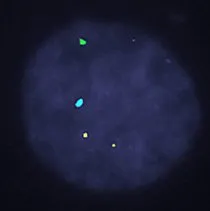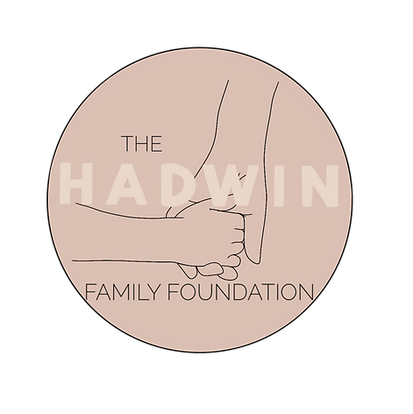Gender / Sex Selection in Arizona
Published: 12/11/2015
Gender selection (sex selection) is a medical technique which allows propspective parents to choose the genetic sex of their children. IVF with preimplantation genetic testing (PGT) is the only fertility treatment offering proven, accurate results. PGT for sex selection works by assessing embryos for the presence or absence of a Y chromosome in embryos created by IVF. If embryos have two X chromosomes, they will be genetic females. If they have an X and a Y, they will be genetic males. Unlike sperm sorting techniques, which were unreliable and failed to gain FDA approval for use in the United States, PGT is greater than 99% accurate for the determination of genetic sex and results in exceptionally high pregnancy rates for our patients. Thus, if the goal is to have a healthy child and to be able to choose gender, IVF with PGT will address both of these desires quite well in most cases.
Patients may seek to use gender selection for a variety of reasons. The first successful case of IVF with PGT used sex-selection to prevent transferring embryos with an X-linked disorder. Most cases of sex selection are considered elective, however, with patients pointing to cultural, psychosocial, or “family balancing” as motivators for pursuing such treatment. ACFS respects patients’ rights to undergo IVF for gender selection and to choose which embryo(s) they would like to transfer.
There is fair amount of controversy surrounding elective gender selection. A common point of concern is the disposition of embryos of that are not wanted. Some do not care for the notion that unwanted embryos may be discarded. Sometimes, patients who use IVF with PGT for gender selection will choose to anonymously donate their excess embryos to an intended family that is struggling with infertility. Arizona Center for Fertility Studies respects a couple's right to choose, and although encourages anonymous donation of "extra embryos", will honor the couple's choice to do PGD/PGS for sex selection and their decision on disposition of the extra embryos.
Sex selection requires a couple to do In-Vitro Fertilization (IVF) with Intracytoplasmic Sperm Injection (ICSI) in order to obtain multiple embryos to perform PGD/PGS for gender selection. This makes "having a boy or girl" an expensive procedure; and yet, a couple's right to decide.
Arizona Center for Fertility Studies has done numerous PGD/PGS procedures for sex selection with very good success rates. PGD/PGS is 99.99% accurate in determining the sex of each embryo; thus allowing the couple to choose the gender they desire.
To date, there are thousands of babies born, who, as embryos underwent PGD/PGS for sex selection, with no reported statistical increase in birth defects or other identifiable problems.

An example of a FISH test showing one X chromosome (green) and one Ychromosome (aqua) - showing a male embryo. There are two signals for the control FISH probe for a numerical chromosome (yellow). Courtesy of the Genetics and In-Vitro Fertilization (IVF) Institute

An example of a FISH test showing two X chromosomes (green) and no Ychromosomes (aqua) - showing a female embryo. There are two signals for the control FISH probe for a numerical chromosome (yellow). Courtesy of the Genetics and In-Vitro Fertilization (IVF) Institute











